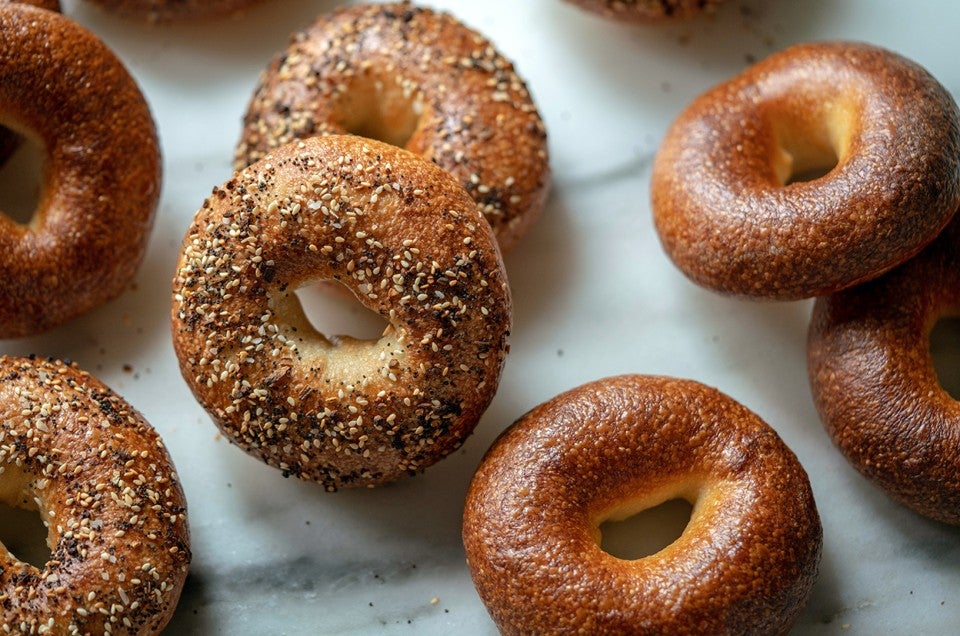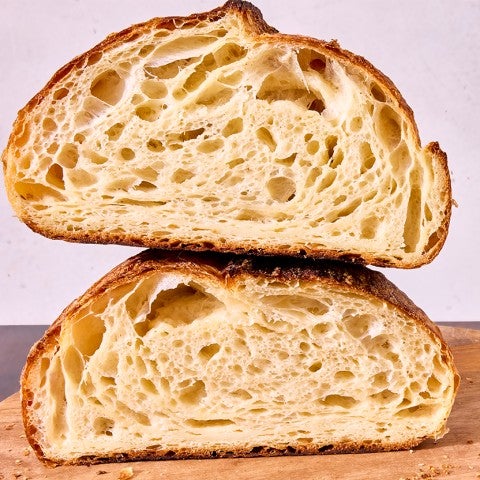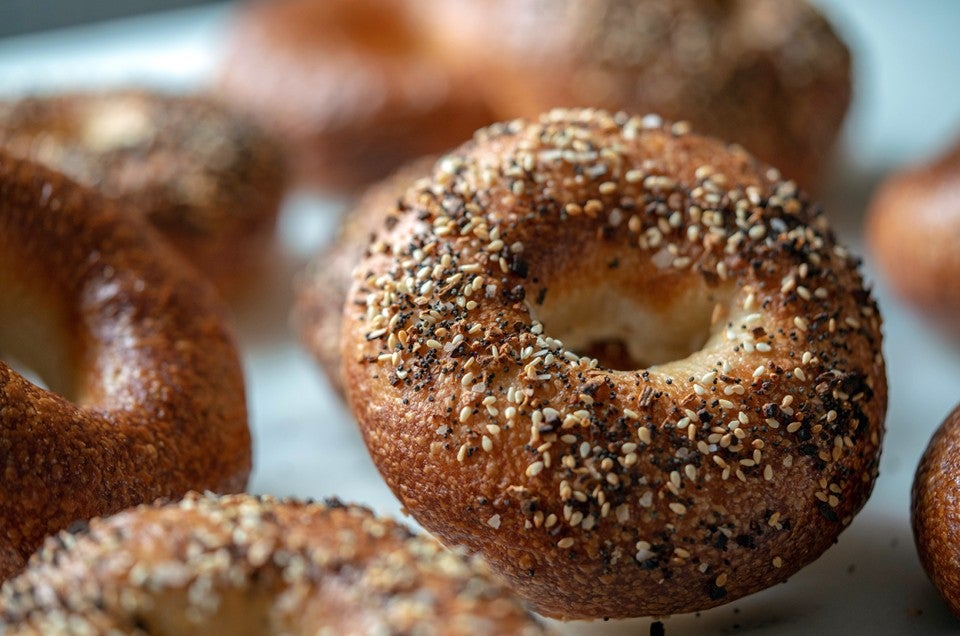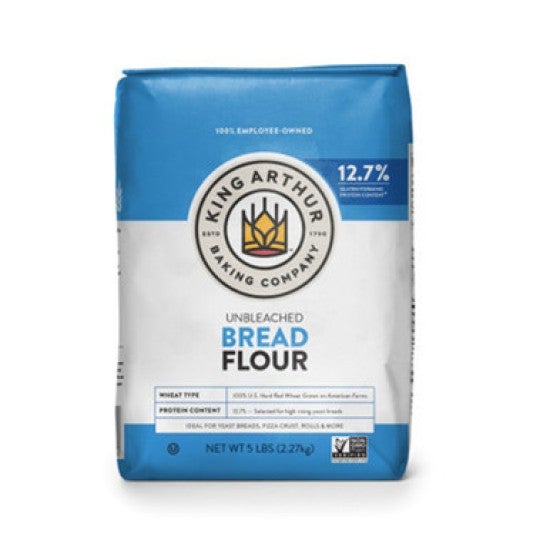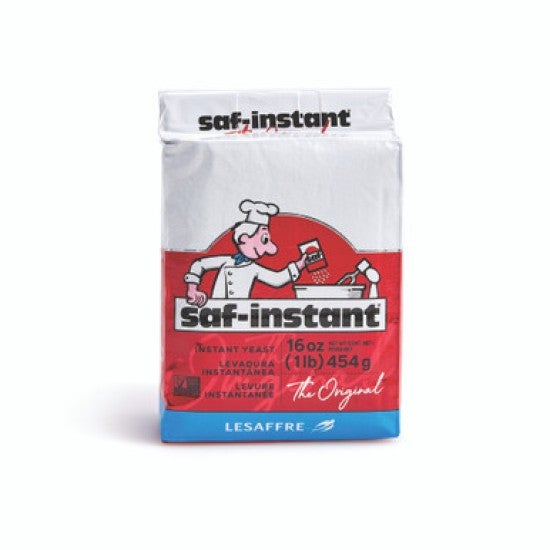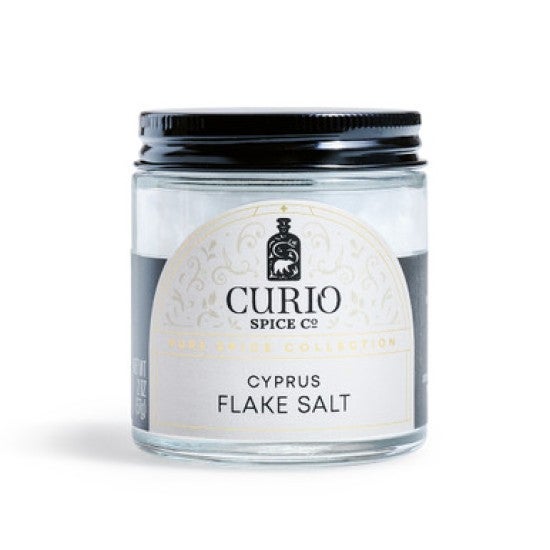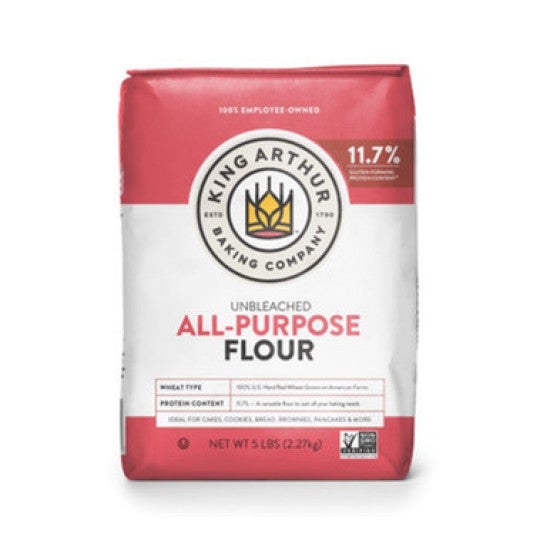-
To make the pâte fermentée: Weigh your flour; or measure it by gently spooning it into a cup, then sweeping off any excess. Mix all of the ingredients until thoroughly combined. Cover the bowl and let rest at room temperature for about 14 hours.
-
To make the dough: Combine all of the ingredients in a mixing bowl, or the bowl of your stand mixer. Mix and knead to make a supple, elastic, rather stiff dough. If you’re using a stand mixer, mix on low speed for 3 minutes to incorporate the ingredients, then on medium speed for about 5 minutes, or until the dough looks fairly well developed.
-
Place the dough in a lightly greased bowl and let it rest, covered, at warm room temperature (75°F to 78°F is ideal) for 2 hours. The dough should double in bulk, or at least expand considerably.
-
Divide the dough into 12 pieces, about 115g each, and roll each piece into a blunt cylinder. Cover the pieces and let them rest and relax for 20 minutes.
-
Sprinkle a baking sheet with cornmeal or semolina. Or line with parchment first, then sprinkle with cornmeal or semolina.
-
To shape the bagels: Working with one piece of dough at a time, roll it into an 8” log. Wrap the log around your hand, overlapping the ends slightly. With the ends underneath, work your hand back and forth across a clean work surface to seal the ends, forming a closed ring. Place the shaped bagel onto the prepared baking sheet.
-
Repeat with the remaining pieces of dough.
-
Cover the bagels gently with lightly greased plastic wrap or a reusable cover, and refrigerate for 2 hours.
-
When you’re ready to make the bagels, start preheating your oven to 500°F.
-
To boil the bagels: Choose a wide, shallow pot rather than a deep one, and measure out how much water you add to fill it full enough that the bagels can float. For each cup of water you use, add 1 teaspoon malt syrup or honey. Don’t be too much of a perfectionist here; it’s OK to round the amount of sweetener up or down.
-
Bring the water to a gentle boil, and carefully add as many bagels as fit without crowding one another. Let the bagels boil for 1 minute; flip them over and boil for 1 minute more, then use a slotted spoon or spatula to transfer them to a cooling rack set over a baking sheet to catch the drips.
-
To finish and bake the bagels: If you want seeded bagels, spoon the seeds onto a clean work surface. Gently press one side of each bagel into the seeds. Or top the bagels with coarse sea salt. Return them to the baking sheet.
-
Bake the bagels for 14 to 18 minutes, until they’re golden brown. Remove them from the oven, and transfer them to a rack to cool.
-
Storage information: Store cooled bagels, well wrapped, at room temperature for several days; freeze for longer storage.
